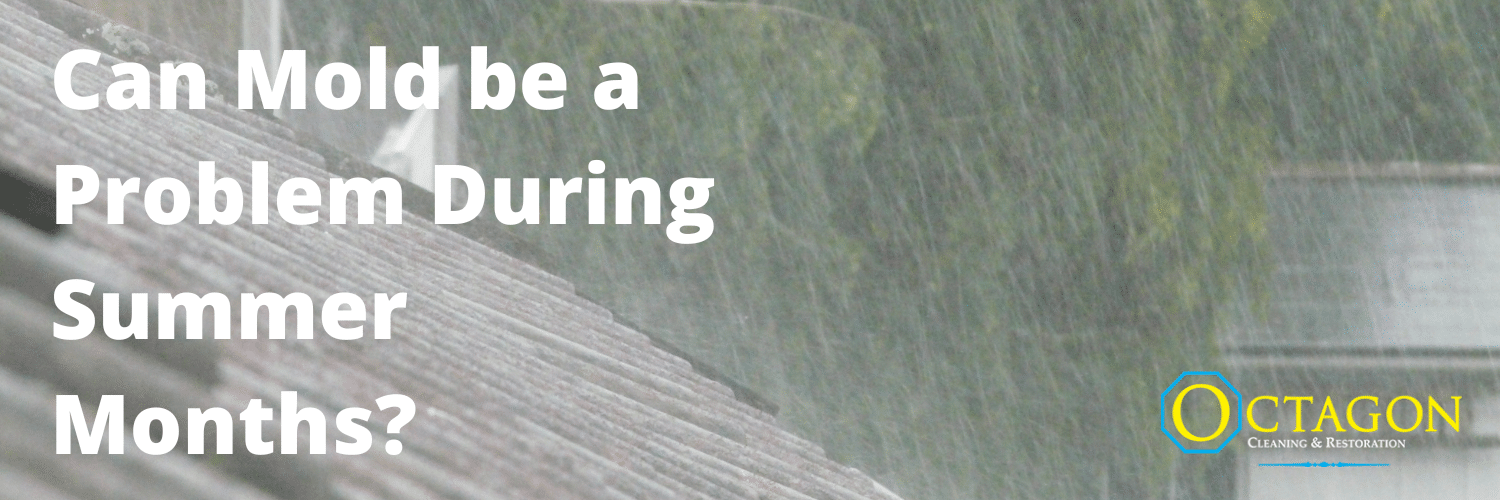
Many people have asked us questions like, how does a change in temperature, humidity, etc, affect mold growth? or is mold worse in the summer, or in the winter?
During the hot summer months of New England, the risk of mold growth certainly may be higher. Several factors play a part in this, including warmer temperatures, higher humidity, and rain showers. Mold can flourish in these conditions. However, referring to previous articles of ours, we discuss why the potential for mold in the winter is still very much present.
Heat and the Connection with Mold
While extremely high levels of heat may “kill” mold, these spores are just as dangerous dead as they are alive. This is why mold cannot be treated by using high temperatures. Additionally, the high temps required to perform this can be hazardous. It is not an appropriate way to handle a mold issue, as it does not actually remove the spores from the affected space.
With that said, heat, humidity, and a damp, dark environment provide a perfect recipe for mold growth. It’s important that in an enclosed space, such as a dark basement, that humidity levels are controlled to ensure that mold is unable to grow. If mold is provided with water (in this case, humidity) and a food source (organic matter, such as your wooden floor joists), then mold can begin to grow quickly, even within a matter of days.
Preventing Mold Growth in the Summer
While the temperature does play a part in mold growth, the humidity level is the main aspect you should be controlling in order to keep your home healthy.
Ways to Control Humidity in Your Home
The EPA offers in-depth ways to manage humidity in your home but here are some quick bullet points to get you started.
- Get a Dehumidifier– The most surefire way to reduce indoor humidity is– you guessed it– to get a dehumidifier.
- Use an Air Conditioner– An air conditioner naturally helps reduce indoor humidity as it’s introducing cooler air while removing warm, humid air.
- Fix Leaking Pipes– Fix any leaks and wrap exposed pipes in insulators. By doing this, condensation will stay at bay. What are some signs of leaking pipes? Stained drywall, wet spots, and irregular water bills.
- Keep Gutters Clean– This one might be unexpected but gutters are often one of the most common causes of indoor water leaks– which is unhealthy for your home and its humidity level, as well as your health.
- Open a Window!– Sometimes just opening your windows and letting in the fresh air will help lower the humidity levels in your home (except for when it’s humid out and you have your air conditioners running!).
We recommend keeping humidity levels at 45% – 50%. Too low of humidity can dry you out, and too high will create excess moisture. This range is a perfect happy medium to keep microbial growth at bay.
If you live in Maine or New Hampshire and have more questions or think you might have mold, send us a message about getting a free inspection.

